1. Avoid Buying Infrared Gas Stoves
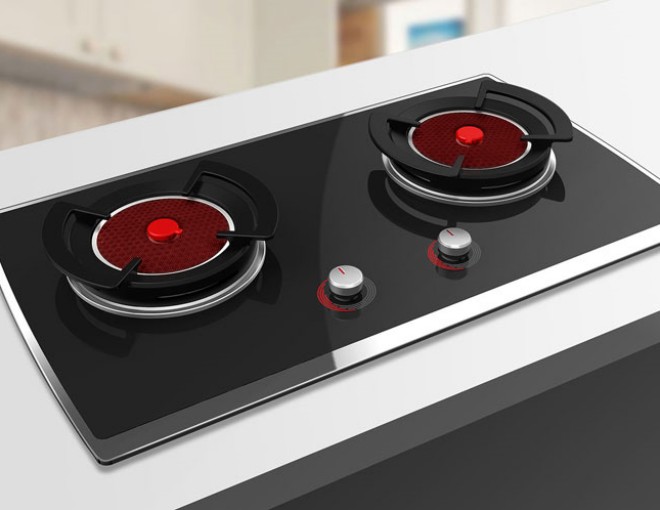
Infrared gas stoves utilize infrared burning technology, where gas is heated to produce fire, which then heats the infrared burners, emitting infrared energy for cooking.
While the infrared burners emit twice as much heat as the gas itself, resulting in fuel savings, the burners are typically made of ceramic or porcelain and tend to have a shorter lifespan. It is recommended to replace them every 3–4 years for safety reasons. Additionally, the intricate design of tiny holes on the burners makes cleaning a time-consuming and laborious task.
Infrared gas stoves are usually more expensive than conventional gas stoves, so it is wise to give careful consideration before purchasing this type of stove.
2. Avoid Smart Gas Stoves
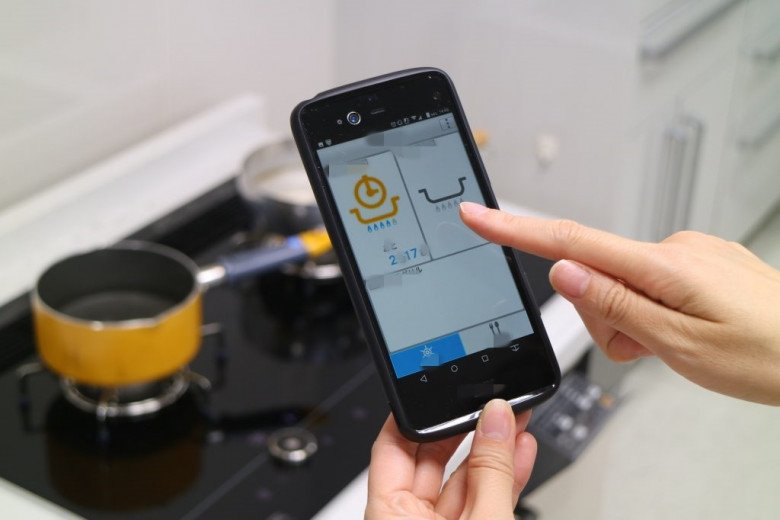
Smart gas stoves, integrated with smart home technology, have gained popularity in recent years. However, I choose not to invest in this type of stove.
Compared to traditional gas stoves, smart gas stoves incorporate additional technological features such as smart controls and temperature sensors, resulting in a higher price tag. For me, the primary function of a gas stove is to cook food, and the supplementary features of a smart gas stove are not a necessity. Therefore, I am not inclined to pay a premium for these extra functions.
Moreover, the “smartness” of these stoves may not necessarily enhance the cooking experience. While they offer precise temperature control through smart interfaces, they may hinder the development of fundamental cooking skills, especially for novice cooks. The complex interfaces of smart gas stoves can also be confusing for some users, impacting the overall cooking efficiency and enjoyment.
3. Steer Clear of Tempered Glass Gas Stoves
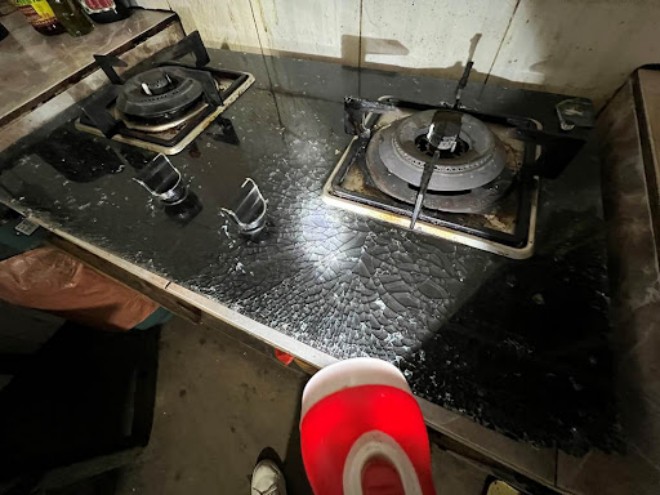
While tempered glass gas stoves offer a sleek and modern aesthetic and are easier to clean, their durability is a significant drawback. The glass surface is more susceptible to damage from high temperatures, oil residue, and scratches during daily use, leading to cracks and breaks. This not only affects the overall appearance of the stove but also poses safety hazards for users.
4. Avoid Fuel-Efficient Gas Stoves
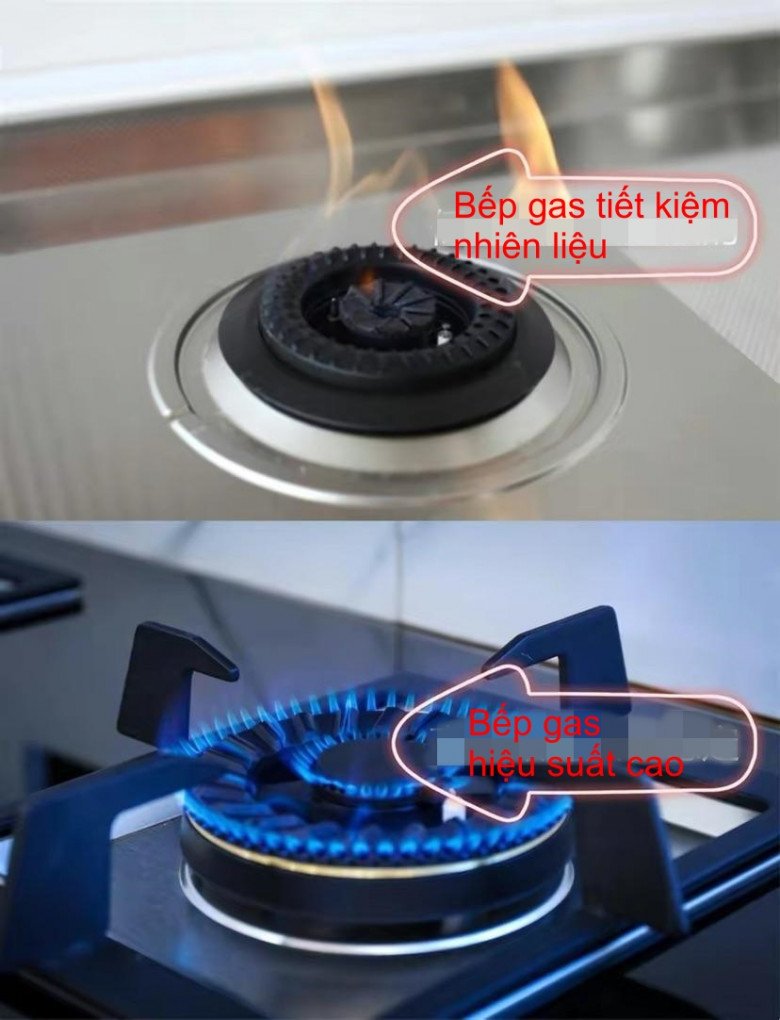
Fuel-efficient gas stoves often come with drawbacks such as uneven flames and insufficient heat. These issues not only impact cooking efficiency but also pose health risks by potentially producing toxic gases. In contrast, high-efficiency gas stoves offer advantages like consistent flames and adequate heat, ensuring a smoother cooking process.
5. Don’t Buy Gas Stoves with Cast Iron Burners
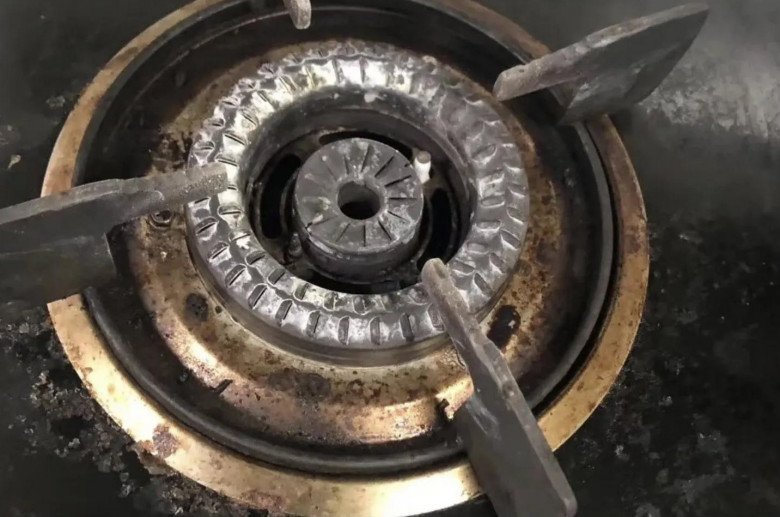
When it comes to choosing a gas stove, the type of burner is a crucial consideration. Cast iron burners are prone to rust due to their reactivity to moisture. This rust not only affects the appearance of the stove but also poses a safety hazard by potentially causing gas leaks. Additionally, the brittle nature of cast iron makes the burners susceptible to cracking under prolonged exposure to high temperatures, leading to the need for replacement and increased maintenance costs.
(*) Information for reference only!






























